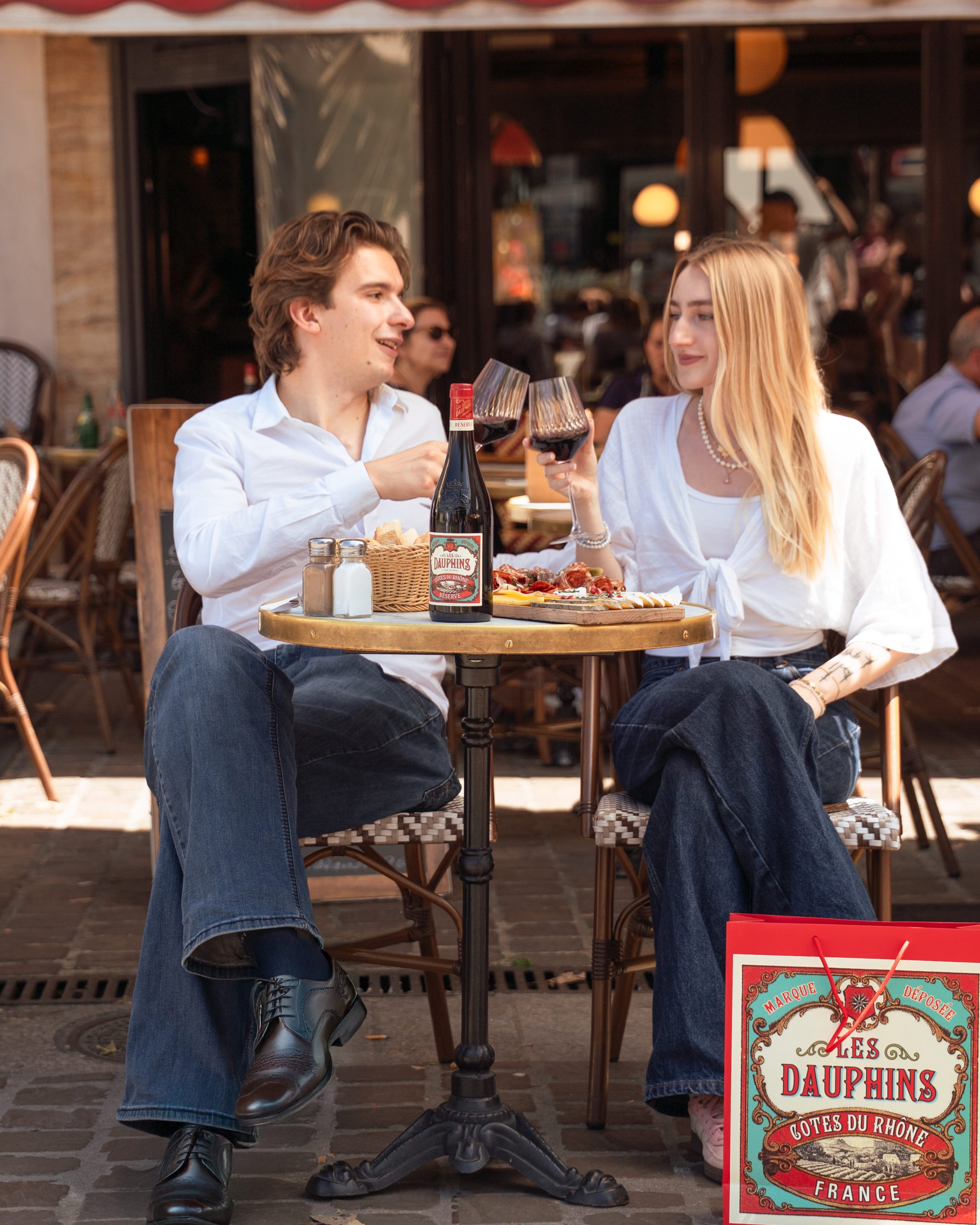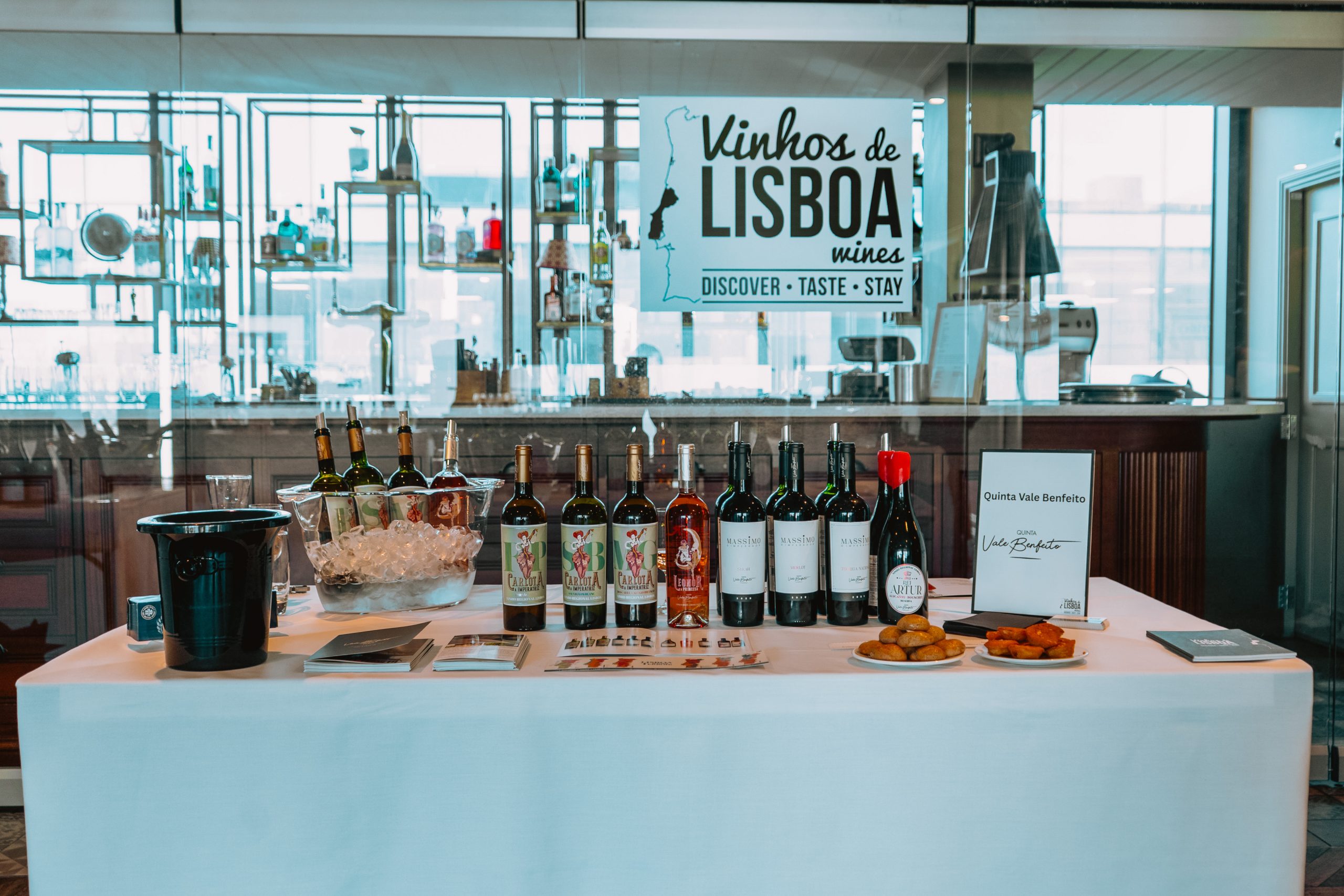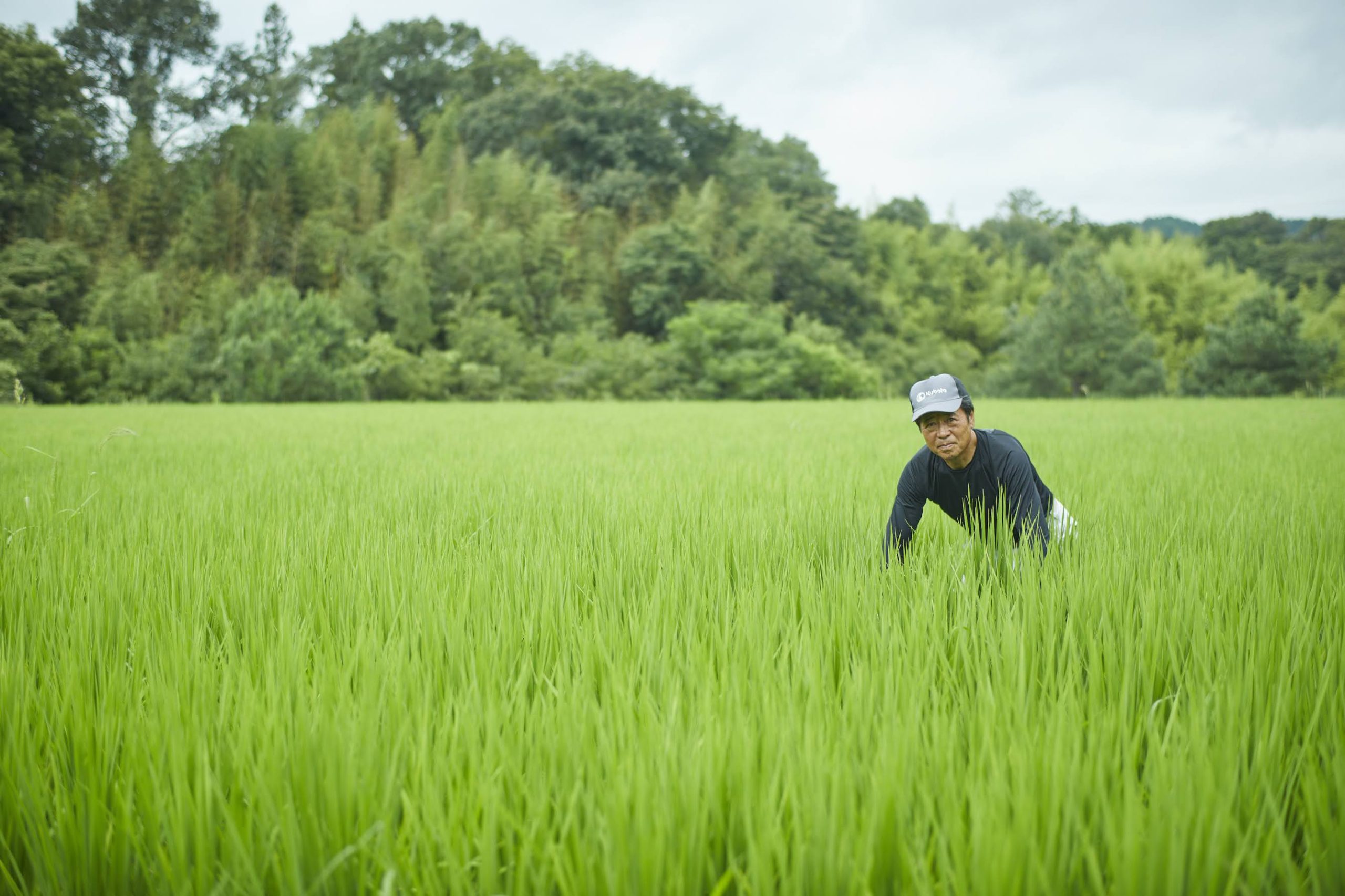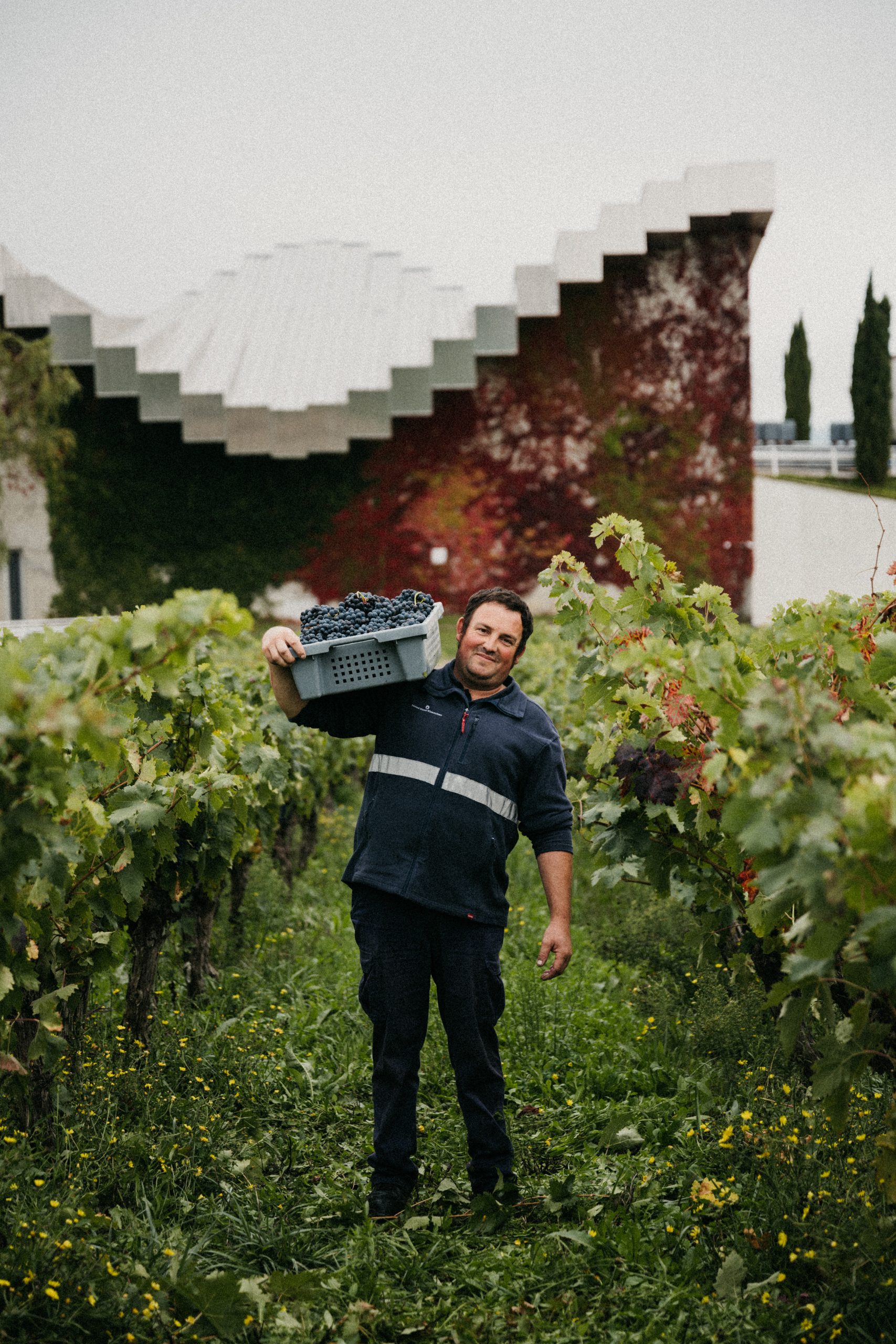UK RETAIL PACKAGING: Weight control
The environment sits heavily on the UK’s cultural and political agendas and the major retailers are making the appropriate noises – but is it just spin? And are lightweighting and bulk bottling the answer? By Tom Bruce-Gardyne
Outside any UK supermarket, responsible citizens can be spotted feeding their empties through those small black flaps in the bottle bank. In a crescendo of shattered glass another bottle of brand X slips into the recycling stream to reappear as brand Y. Or does it?
Well, it depends on the colour, as Andy Dawe of WRAP, the Waste & Resources Action Programme, explains. “We manufacture relatively little green glass, yet we import 500,000 tonnes in wine bottles alone. This leads to a very significant imbalance.” Narrowing this gap has been part of WRAP’s remit since it was set up as a non-profit organisation in 2001, and for Dawe there is an obvious solution – more UK bottling. “At its heart there’s a lot that’s very good about the WRAP initiative,” says commentator Joe Fattorini, whose MW dissertation is on wine’s carbon footprint. “For a lot of wine there’s no fundamental reason why the quality should be less good if UK bottled. In some cases it might even be better.”
Nick Tatham of PLB has a strong sense of déjà vu. “It seems to me the issue of bulk shipping into the UK goes in cycles. When I was a buyer at Sainsbury’s in the 1980s, bottling in the UK went out of fashion and most was done at source for reasons of quality and authenticity. Then it came back in the early 90s because of the recession, driven by price. So it ain’t the first time.” Rich Cochran, off-trade director at Bibendum, agrees. “The driver behind it historically has been cost not carbon. The agenda at present is presumably quality and cost with the environmental element a distant second, but rising. The question is where’s the tipping point?”
| CASE STUDY
In the WRAP-funded Container Lite project, two glass companies, O-I and Rockware, worked with Coors Brewers to redesign the iconic 300ml Grolsch bottle. They managed to reduce the weight from 220 to 190 grams. The new design was then tested in the market to ensure it had lost none of its consumer appeal. With annual sales of 150 million bottles the amount of glass saved is put at 4,500 tonnes, which equates to some 3,350 tonnes of carbon. |
Spin or substance?
There has certainly been plenty of top-line spin from the likes of Tesco’s Sir Terry Leahy promising a carbon label by 2012 on all 70,000 products sold, and a commitment by Stuart Rose at M&S to be carbon neutral by the same date. Down on the ground, however, Cochran has yet to notice much change. As he points out, South African wines continue to ebb and flow from bottling here to bottling at source depending on the exchange rate.
In 2005, all the big UK retailers signed up to the Courtauld Commitment “to design out packaging waste by 2008” and “deliver absolute reductions by 2010”. Esme Johnstone, who now runs From Vineyards Direct, is somewhat cynical about their motives. “I reckon Tesco has the largest carbon footprint in the UK. I think it’s just the PR department doing what Tony Blair was very good at.”
But whether it’s pure spin or not, it’s certainly on the agenda, as Nick Tatham discovered at a recent supplier conference at Sainsbury’s. “There was no question, the carbon issue is becoming hugely important.” And it does seem particular to British retailers. Amelia Nolan, who handles worldwide sales for the Argentine brand, Argento, has picked up no vibes from foreign supermarkets. For wine producers supplying the UK, this doubtless fuels suspicion that concern about carbon footprint is just another cost-saving initiative from those avaricious Brits.
When he spoke to the drinks business (January 2007) Emilio Pedron, head of GIV – Italy’s biggest wine company – was deeply concerned. “I don’t think it is right or proper. Italian wine has particular characteristics with every region different. We must preserve this diversity. We can only do this by bottling in production zones – to hang onto the wine’s roots.” Joe Fattorini was told by one Tesco supplier, who wished to remain nameless, that the supermarket had told him that in future all their own-label wines would be bottled in the UK and that if he wasn’t happy with this, he would be de-listed. The chain has since admitted they may have communicated the message badly, but they were merely trying to meet their Courtauld Commitment.
Partner Content
A control thing
“I think anything which does impact on the degree of control is always going to be of concern,” says WRAP’s Dawe. “That said, there is a great opportunity to work with the retailers in a very constructive way in order to increase sales. We mustn’t forget that a substantial amount of wine is already bulk imported into the UK. So it’s not something that’s new, but it is something we are trying to accelerate the development of.”
Knowledge gap
On the issuing of ceding control to the supermarkets, Mike Paul, MD of Orbital Wines, says: “I don’t see that at all. Bottling in the UK is now totally acceptable and makes sense from an environmental point of view.” According to WRAP, the carbon saving is around 30-45%, with a similar saving in transport costs. At Hatch Mansfield, Mark O’Bryen makes the point that, “A lot of Australian wines destined for the UK travel across the country to be bottled in Adelaide. So it wouldn’t make much difference to be bulk shipped and bottled in the UK.” But he feels, “It is only viable for fast-moving brands. Ideally you would ship a full and bottle it on arrival to keep handling and the risk of contamination to a minimum.”
Returning to the wider issue of wine’s environmental impact, Mike Paul says: “We just haven’t got a clue at the moment. We desperately need more info. We need to settle down a bit to make a rational decision.” A topical example of this is the whole issue of “wine miles”. In May The Times suggested readers should go green and buy their wines from France rather than New Zealand. This provoked an angry response from winemakers down-under who were quick to point out their carbon footprint was possibly lower going by ship, than wine from the Old World travelling by road.
Time to demonstrate
Kate Coleman at the WSTA says: “Defra looked at wine miles and has seen them to be a very misleading way of measuring environmental friendliness.” Yet will the consumer see it that way? After all, a little knowledge is a dangerous thing. Perhaps we will all end up drinking English wine, and with a bit more global warming there might one day be enough to go round. Dawe believes concerns over “food miles” will translate to wine. “What I’d recommend brands do is demonstrate how they’ve reduced their environmental impact. Clearly bulk importing provides a very demonstrable method of countering that argument – as does lightweighting the bottles themselves.”
While bulk shipping to the UK is essentially about wine, using lighter bottles applies to the whole drinks sector. WRAP has launched a series of GlassRite initiatives for each category and is busy researching how the market responds. “Are consumers really purchasing by the weight of the bottle? Or is it marketing departments within brands and retailers that are making those assumptions?” asks project manager Nicola Jenkins. “I’m tending towards the latter, but I stand to be corrected.”
Obviously not many consumers patrol the aisles weighing up one brand of gin or beer against another, but do they somehow gravitate to heavier, more substantial bottles? Coors engaged WRAP to carry out extensive consumer research before they committed to their new lightweight bottle for Grolsh (see case study). Adnams followed suit and managed to shave an impressive 34% off the weight of their bottle – a fact proudly proclaimed on the back label: “Adnams 500ml beer bottle is the lightest in the UK”.
Make light work
Not to be outdone, the Co-op recently unveiled their new 70cl own-label whisky bottle which weighs in at just under 300 grams – a current record. It was the culmination of a two-year project with Ardagh Glass. For a brand owner with a mass-market blend this might encourage the move towards heavier glass, if only to distance itself from own-label. It was a point I put to Sharon Crayton, Ardagh’s UK marketing director. “That’s much too simplistic. It’s possibly the view of a brand manager, but there are other ways to premiumise a bottle through design, embossing, ceramic printing and sleeving.”
This will reassure Paul, who fears lightweight bottles might diminish creativity. But like synthetic corks, which are proving to be a step on the road to screwcaps for wine, he sees the lightweight bottle as an interim phase. Before long, in the crusade to cut carbon emissions, he predicts wine will come in PET bottles.
Will it happen? “Definitely not!” cries Crayton. “The overwhelming view from our research is that the feel, weight and rigidity of glass, and the sound of it clinking is very evocative.” She also believes her product is eminently green. “We’ve got bottles that are 90% recycled, so that’s not much going into aggregates or landfill.”
Plastic bottles sound a step too far, but then people said that about scewcaps. The issue of wine closures and how Tesco drove that agenda might point the way. If the retail giant really pushes for bulk bottling and lighter glass it will surely happen. Whether the folk at the bottle bank will notice is unclear, but if they all drive home much of Dawe’s hard work will be undone.
© db August 2007




